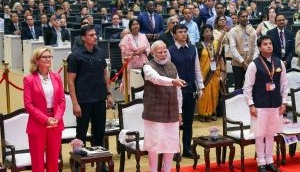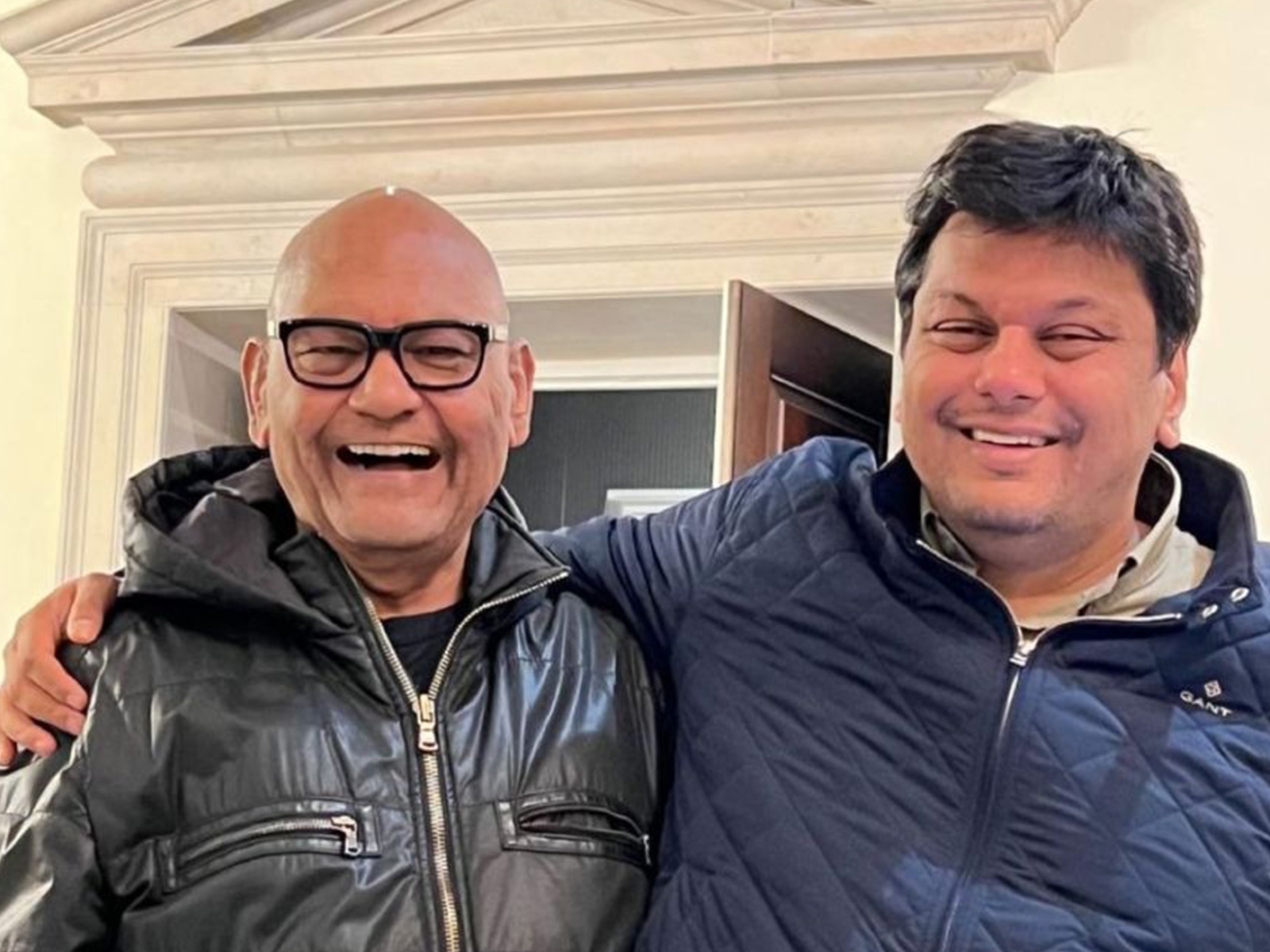Pakistani Taliban video goes viral in Kashmir, security experts concerned

Over the past few days, a video released by Jamaat-ul-Ahraar (JA), a faction of the Pakistani Taliban or Tehrik-i-Taliban Pakistan (TTP), has gone viral in Kashmir.
The video, six minutes and 25 seconds long, is chilling not only in the number of Pakistani institutions, places and activities it wants to attack, but also in the kind of fanatical religious outlook that it wants to impose. It even has English subtitles to ensure the message goes to people beyond Pakistan also.
Who is it targeting?
JA has named the new campaign “Operation Ghazi”, after Maulvi Ghazi Abdul Rasheed, who was killed in July 2007 by the Pakistan Army inside Lal Masjid, Islamabad.
Reading from a piece of paper, JA leader Mohammad Wali alias Khalid Khurasani, flanked by his Kalashankov-wielding aides, details his targets:
- All institutions of Legislature of Pakistan.
- The Pakistan Army, intelligence agencies and its supporting institutions, which may be police, Levies (a paramilitary force in the Pakistani province of Balochistan), Frontier Corps, Pakistan Air Force etc.
- The judiciary and its supporting institutions, i.e. lawyers’ organisations.
- All interest-based economic institutions, i.e. banks and financial institutions.
- All those political parties which provide strength to the anti-Islamic system and which support institutions acting against JA and which have been involved in the past in acting against Mujahideen.
- All those so-called constructive and welfare institutions which spread anti-Islamic ideology, vulgarity and nudity in our society. (This refers to the NGOs and Civil Society Organisations involved in advocacy of human rights, women rights and community awareness campaigns.)
- All those people who promote themselves as the contenders of prophethood (a reference to Ahmadis) and those people who are involved in blasphemy against the Prophet.
- The people who consider Khulafa-e-Rashideen (four caliphs who succeeded Prophet Muhammad) and other companions of prophet as infidels and those who level false allegations at the mothers of Muslims, particularly Hazrat Aisha.
- Mediapersons who work for the benefit of 'enemies' like the Pakistan Army, the government etc. They will be on top of the list of targets. (Practically, these include most of the mediapersons and media houses.)
- Aman Lashkar (pro-government armed militia) and Aman Committees (peace committees).
- Educational institutions providing strength and support to the un-Islamic system and the government. (This refers to all the English medium private schools, colleges and universities, which are running co-educational institutions.)
- There will be no attacks at the mosques, madrassahs, religious centres, religious gatherings, Eid prayers, funeral prayers and the places crowded with common people like markets, hospitals, tourist places, bus stops, fair festivals and mandis.
A day after the video’s release, the JA claimed responsibility for the blast on Mall Road in Lahore, which killed 14 people, including a police DIG. Two days later, the Islamic State, with which JA has jointly taken responsibility for attacks in the past, hit a Sufi shrine in Karachi, killing 75 people.
Kashmiris' reaction to jihadi groups
The video has mostly circulated through WhatsApp in Kashmir, with people refraining from doing so on Facebook, for the apparent fear of security action. There is also a certain diffidence about taking a stand for or against an anti-Pakistan message in the video on a public platform like Facebook.
However, unlike the Lashkar-e-Tayyiba and Jaish-e-Muhammad, which are familiar jihadi outfits in Kashmir, large sections of people in the state share an ambivalent approach towards the Pakistani Taliban, its factions like the JA and the Sajna group, and Al Qaeda and Islamic State, which have never been involved in any action on the ground in Kashmir.
Though, occasionally, youth in downtown Srinagar have flown Al Qaeda and Islamic State flags and painted Taliban graffiti, they have done so to draw media attention than out of any serious allegiance to their ideology.
Flag waving in Kashmir follows global jihadist trends: whichever international jihadi outfit is in the ascendancy will find its flags go up in the Valley – mostly during Friday protests in downtown Srinagar.
A few boys step out from the crowd and wave the flags to the waiting media crews before rejoining the stone throwing or disappearing into the warren of the nearby lanes.
Last year, it was Islamic State and now that the outfit is in retreat, its flags in Kashmir have also disappeared.
No meeting point with TTP?
A J&K police officer told Catch: “Unlike other groups, the TTP has generally not been a part of the Kashmiri consciousness. One, because of its Pakistan-centric nature. Second, because it is not active in Kashmir. And third, its mindless violence in Pakistan has often revolted Kashmiris. There is, thus, no apparent meeting point between the TTP and the secessionist politics in Kashmir.”
However, in a video released during the unrest last year, the Pakistani Taliban had announced its decision to join the Kashmir jihad.
“The anti-Islamic forces have started a tirade against Islam and our Kashmiri brothers, so the emir of TTP has called all the mujaheedin brothers to join hands and change the muzzle of our guns against the Indian Army,” a voice-over stated in a video juxtaposed with images of the pellet-hit youth in Kashmir.
Cause for concern
Security experts in Kashmir view the viral jihadi videos from Pakistan with concern. There is a fear that these will play a reinforcing role in the radicalisation of the youth.
“Though such videos exist on the internet, the viral jihadi videos directly impact you and have the potential to push youth towards extreme courses of action,” said the police officer.
“In fact, it is this viral social media militant content pioneered by Burhan Wani which has been a distinct factor in the current militancy. But compared to Burhan’s images and videos, those coming from Pakistan carry a deeply fanatic ideological message. We can well expect a clone in Kashmir.”
First published: 17 February 2017, 11:03 IST




![BJP's Kapil Mishra recreates Shankar Mahadevan’s ‘Breathless’ song to highlight Delhi pollution [WATCH] BJP's Kapil Mishra recreates Shankar Mahadevan’s ‘Breathless’ song to highlight Delhi pollution [WATCH]](https://images.catchnews.com/upload/2022/11/03/kapil-mishra_240884_300x172.png)

![Anupam Kher shares pictures of his toned body on 67th birthday [MUST SEE] Anupam Kher shares pictures of his toned body on 67th birthday [MUST SEE]](https://images.catchnews.com/upload/2022/03/07/Anupam_kher_231145_300x172.jpg)






